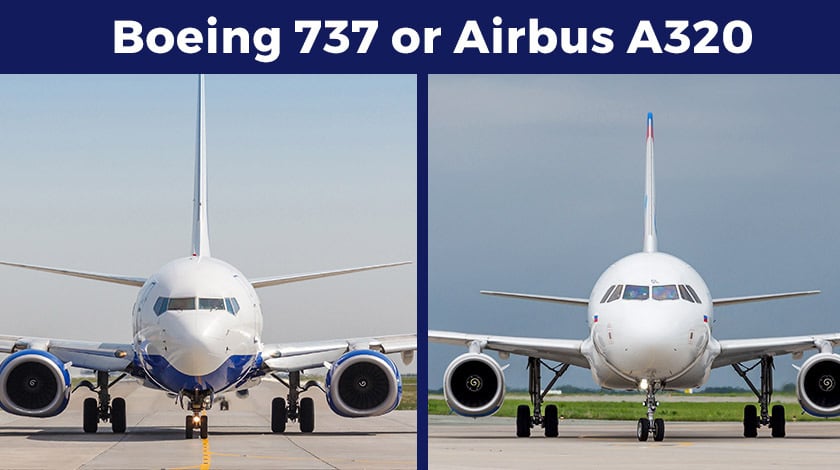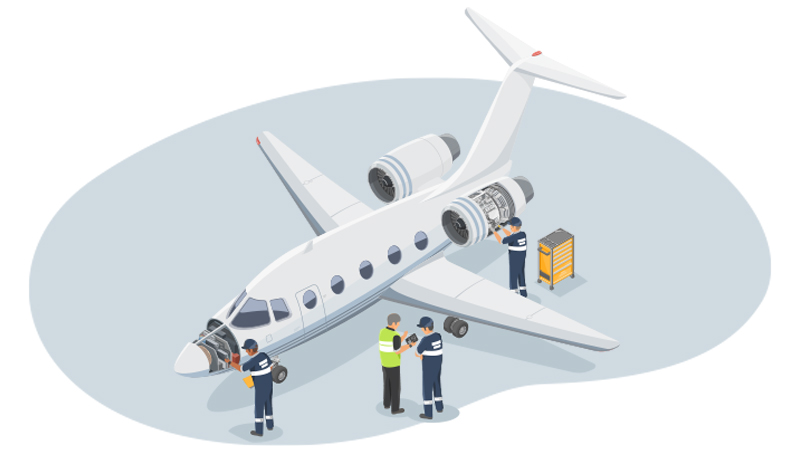Boeing 737 vs Airbus A320: Evaluating the Best Aircraft
The aviation industry has long witnessed a rivalry between two of its most beloved narrow-body aircraft: the Boeing 737 and the Airbus A320. Both aircraft have dominated the skies for decades, serving as the backbone for airlines worldwide. As carriers evaluate which model best suits their needs, factors such as safety, comfort, and operational costs become central to the decision-making process. This article delves into a comprehensive analysis of the Boeing 737 and the Airbus A320, exploring their strengths and weaknesses across these crucial dimensions.
Boeing 737 vs Airbus A320: A Comprehensive Analysis

The Boeing 737, first introduced in the late 1960s, has evolved through numerous iterations to become one of the world’s most widely used aircraft. Renowned for its reliability and efficiency, the 737 family has seen continuous improvements, culminating in the latest MAX generation. The MAX has faced challenges, notably grounded during a safety overhaul, but has since returned to the skies with enhanced features and safety measures. On the other hand, the Airbus A320, first flown in 1987, marked a significant technological leap with its introduction of fly-by-wire systems, which have since become a standard in modern aviation. The A320 family, especially with its Neo variants, has emphasized fuel efficiency and technological advancements.
From a technological standpoint, both aircraft have been at the forefront of innovation within their segments. The Boeing 737 MAX, for instance, features advanced aerodynamic designs, winglets, and state-of-the-art engines designed to reduce fuel consumption. Meanwhile, the Airbus A320 Neo series is lauded for its eco-friendly engines and improved cabin experiences, setting a benchmark for sustainability and passenger comfort. These advancements demonstrate the commitment of both manufacturers to not only maintain but also elevate the standards within commercial aviation.
The competition between the Boeing 737 and Airbus A320 is not merely about technical specifications; it also reflects broader industry trends. Airlines are increasingly demanding aircraft that offer a balance of cost efficiency, operational flexibility, and passenger appeal. Both the 737 and A320 families cater to these demands by providing a range of models that can serve various routes, from short domestic flights to longer international services. The choice between these aircraft often depends on an airline’s specific requirements, including route structures, fuel economy, and overall fleet strategy.
Evaluating Aviation Giants: Safety, Comfort, and Costs

Safety is paramount in aviation, and both Boeing and Airbus have invested heavily in ensuring their aircraft meet rigorous safety standards. The Boeing 737, especially in its MAX iteration, has undergone extensive scrutiny and testing following its previous grounding issues. These efforts have resulted in significant design modifications and improved pilot training programs. Similarly, the Airbus A320 has maintained a strong safety record, with its fly-by-wire technology providing added layers of protection by reducing the likelihood of pilot error. Both manufacturers continue to work closely with aviation authorities to ensure their aircraft meet the latest safety regulations.
Comfort is another critical aspect that influences airline choice. The Airbus A320 is often praised for its wider cabin and quieter engines, which enhance the passenger experience, especially on longer flights. The aircraft’s cabin layout offers flexibility for airlines to install comfortable seating arrangements and additional amenities. The Boeing 737, meanwhile, emphasizes reliability and efficiency. In its latest models, Boeing has introduced improvements such as quieter engines and redesigned cabin interiors, aiming to boost passenger comfort and satisfaction.
Cost considerations play a decisive role in determining an airline’s preference for either aircraft. The operational costs of maintaining and operating an aircraft are substantial, and both the Boeing 737 and Airbus A320 offer competitive advantages. The Boeing 737 is often perceived as having lower upfront costs and maintenance expenses, largely due to its extensive service history and widespread availability of parts. Conversely, the Airbus A320, particularly the Neo series, is celebrated for its fuel efficiency, which can translate into significant savings over time, particularly as fuel prices fluctuate. Ultimately, the financial calculus of choosing between these two aircraft involves balancing immediate costs against long-term operational savings.
As the aviation industry continues to evolve, the Boeing 737 and Airbus A320 remain at the forefront of the narrow-body segment, each offering unique advantages. Airlines must weigh a myriad of factors, including safety, comfort, and costs, to determine the aircraft that best aligns with their strategic goals. While both aircraft have proven themselves as stalwarts of commercial aviation, the choice often comes down to the specific needs and preferences of the airline, underscoring the importance of informed decision-making in the ever-competitive skies.



